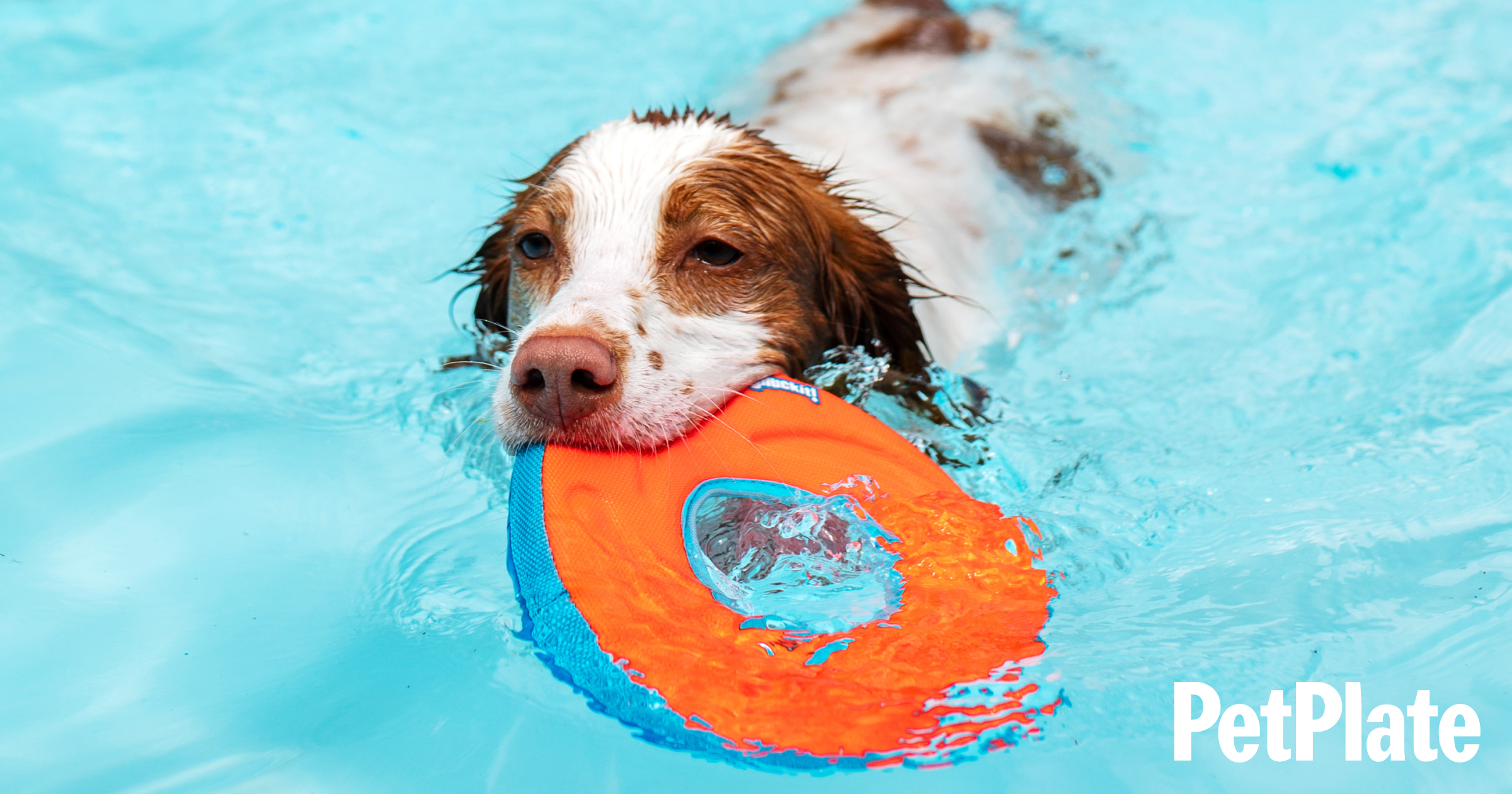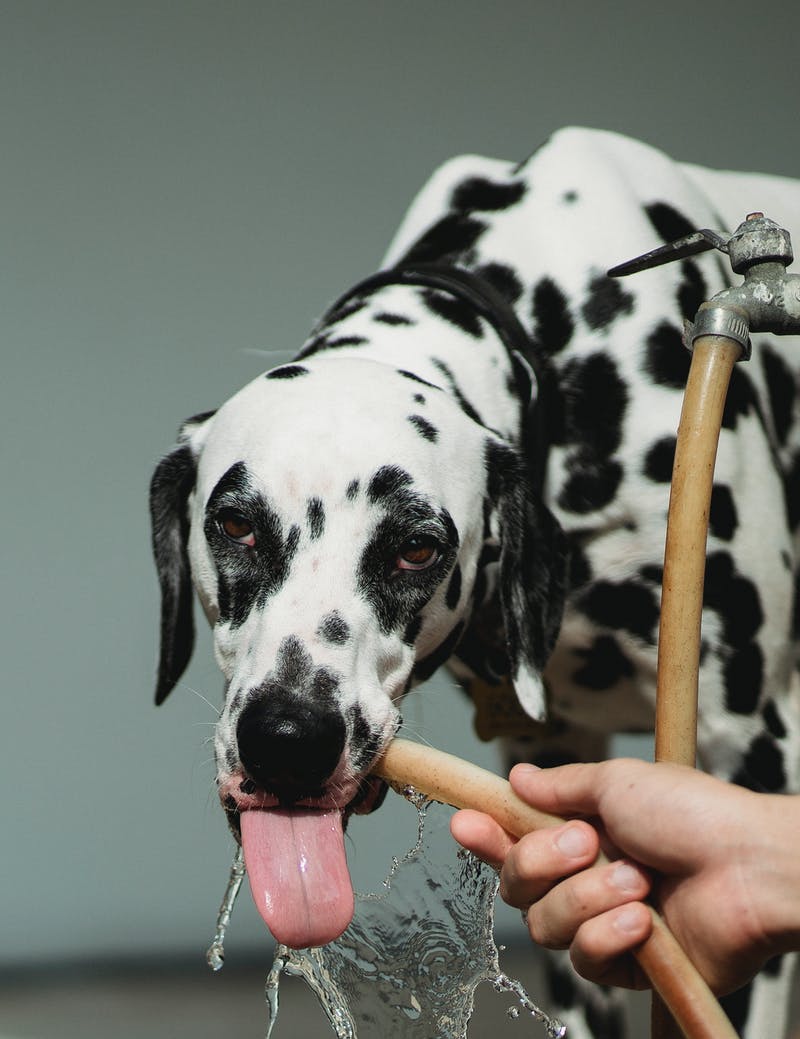Hydration Awareness: Tips to Avoid Doggie Dehydration & Heat Stroke
July is National Pet Hydration Month, and for good reason: it’s right in the center of the boiling hot summer when heat stroke is of primary concern. But ensuring your dog gets enough water is always important. Unsurprisingly, dogs need water for the same reasons humans need water: to stay healthy, aid digestion, and keep the body cool. It’s important to note that dogs have bodies that aren’t great at dissipating heat, especially compared to people. While we can sweat, dogs only pant, which isn’t very effective… especially in the hot summer months. Making sure they have enough water is a must.
How Do I Know My Dog is Getting Enough Water?
The best way is to monitor your dog’s water intake directly (we’ll have more on that later). But generally, it’s easier to determine if your dog isn’t getting enough to drink. Below, we’ll cover everything you need to know in terms of your dog’s water intake, because we realize how important it is to keep your furbaby safe and healthy.
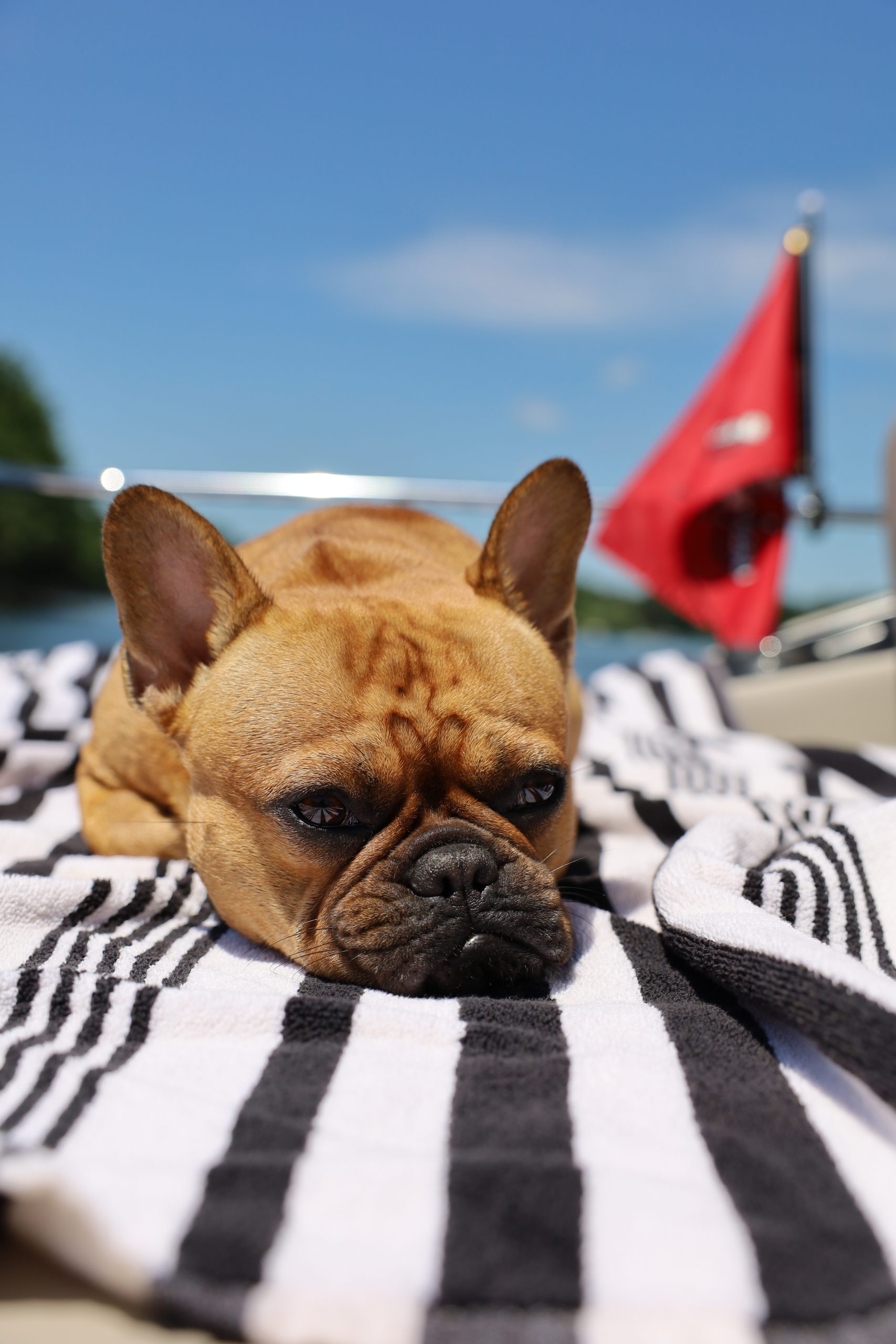
Signs of Dehydration in Dogs
According to the American Kennel Society, there are a handful of signs to look for that may mean your dog needs water ASAP. If you’re worried or your dog doesn’t seem to be improving after drinking, it’s best to contact your vet.
- They’re pacing or looking around: It’s possible your dog is looking for water, especially if their bowl is empty or missing.
- They don’t seem themselves: If they seem overtired, upset, or sick, it may be a sign of dehydration.
- Their gums, nose, and mouth are dry: If their gums look pale, this is also an indicator they need water.
- The scruff around their neck feels “loose”: In a healthy, hydrated dog, this skin snaps right back.
- They vomited: This could indicate a number of issues, but if your dog is exhibiting other signs, you need to get them water immediately.
- Thick saliva: If they’re drooling and it doesn’t seem wet, they need water now.
- Lack of appetite: If your dog won’t eat or their appetite seems atypical, ensure they have access to water.
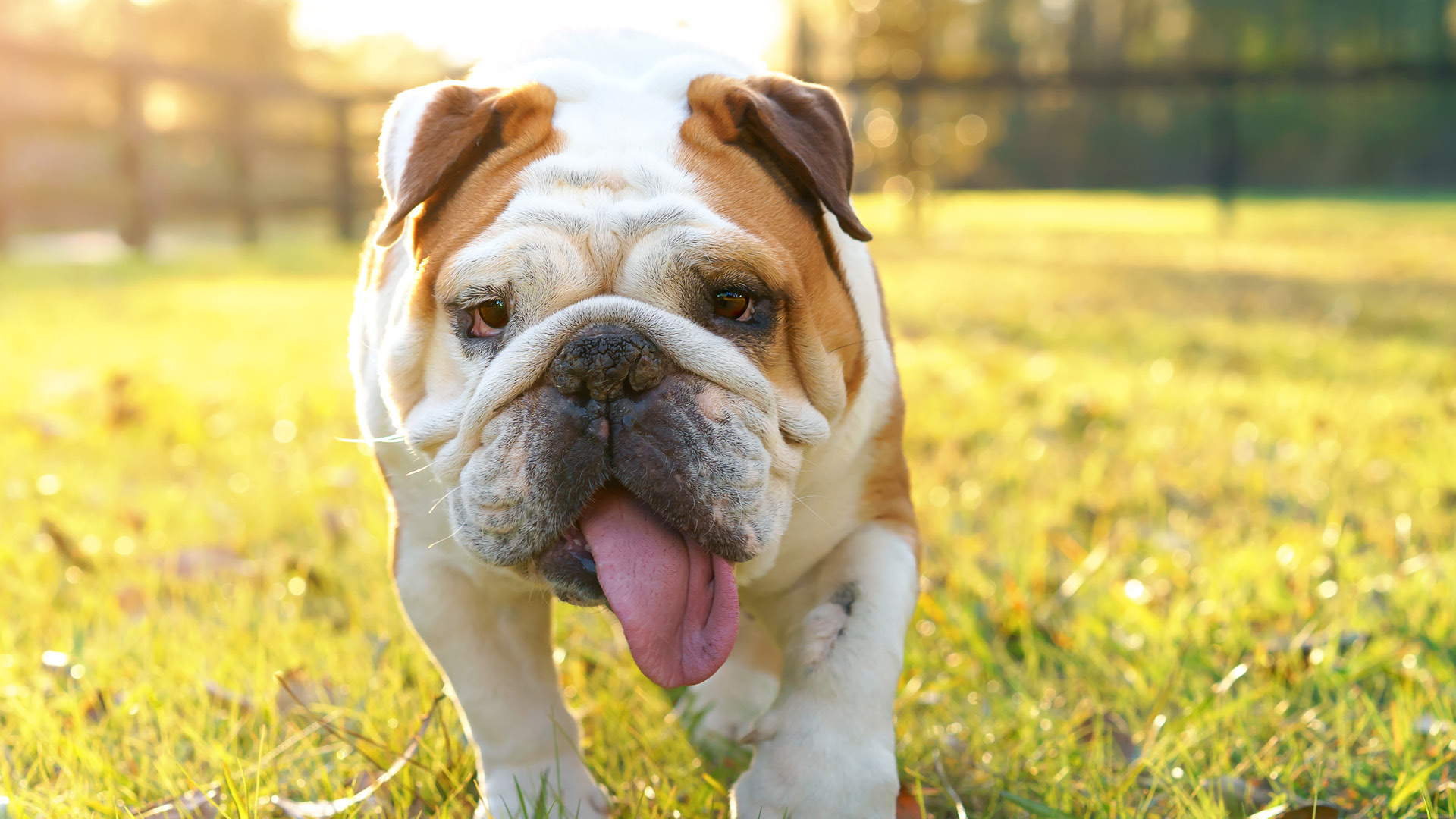
Signs of Heat Stroke in Dogs
While dehydration is cause for concern, heat stroke is serious business. Your dog needs water immediately if you notice these signs, and you should get them to a vet immediately. Early signs are similar to dehydration: dry nose, eyes, and mouth, thick saliva, and vomiting. Later signs include:
- High heart rate.
- Low blood pressure.
- Dilated pupils
- Hyperventilating
- Muscle tremors.
- Comatose state.
This cannot be emphasized enough, but the sooner you can get your dog water and medical help, the better. Do not put your dog in situations where they’ll be without water for hours at a time, especially if it’s going to be a hot, outdoor location.
Older dogs or dogs who don’t get much exercise are more likely to get heat stroke. It’s also more likely to happen during the hotter parts of the year. This is also the reason you should NEVER leave your dog in a car.
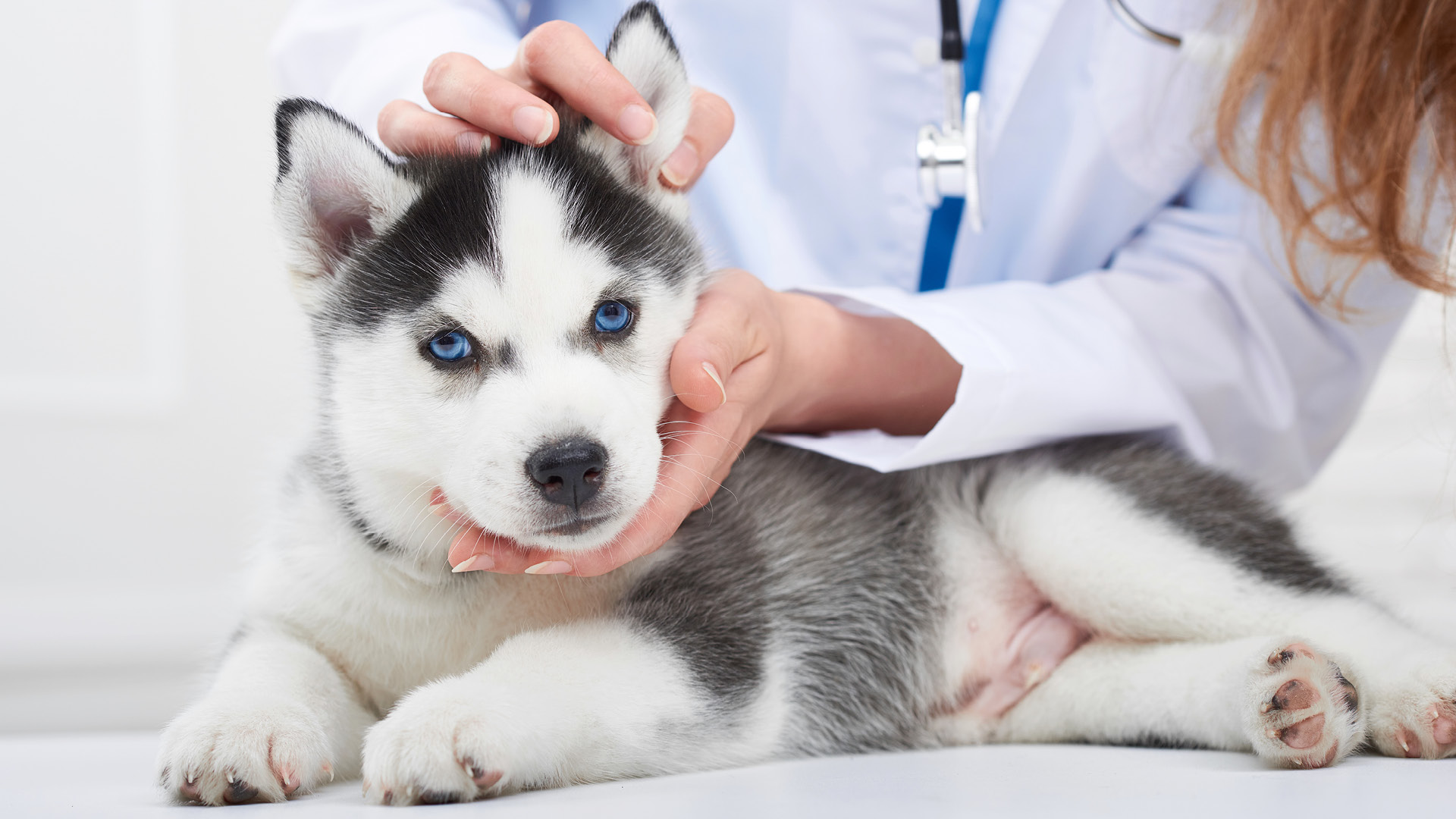
Could My Dog Have Another Issue?
It’s possible your pup might have a kidney issue, which can affect their water intake. We’ve said this multiple times already, but we can’t say it enough: take them to their vet if you’re noticing any of these changes.
- Increased Water Consumption
- Increased Urination
- Loss of Appetite
- Chemical odor breath
- Weight loss
- Blood in urine
- Mouth ulcers
Is There Such a Thing as “Too Much” Water?
Another scenario is water intoxication, which is the opposite of most of the issues discussed here: they’re drinking too much water. While it’s unlikely (but possible) that your dog will simply lap up water until they’re sick, it is something to look out for if your dog has spent a lot of time swimming. They’re likely to carelessly drink up water that gets in or around their mouth without a care. Smaller dogs will exhibit signs faster. Symptoms include:
- Loss of coordination
- Bloating
- Vomiting
- Difficulty breathing
- Seizures
Of course, some of these symptoms are incredibly serious and warrant an immediate visit to the vet. Speak with your vet first, but getting them to vomit may be helpful.
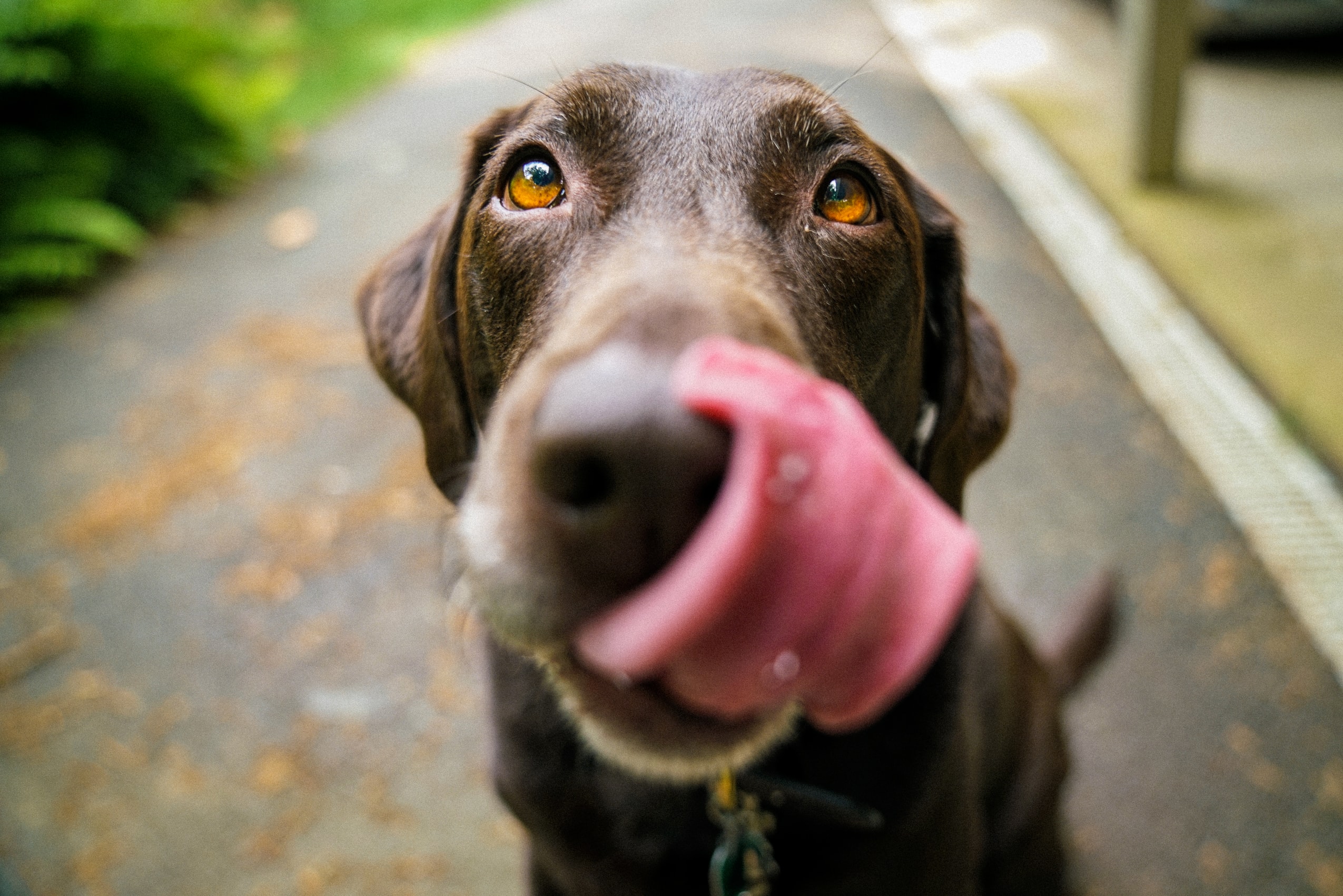
How Much Water Should My Dog Be Drinking?
Every dog is different, and the amount really depends on their own needs. How active are they? How young is your dog? Some dogs just need a little more (or a little less) water than others. WebMD recommends an ounce of fluid for each pound your dog weighs on a daily basis. Monitor your dog’s intake daily: measure the amount of water and verify that your dog has been drinking throughout the day. If needed, incentivize water intake. Some dogs love a cold ice cube, while others will lap the water right up if they’re conditioned to get a treat afterward.
My Dog Isn’t Drinking Enough Water
Every dog is different, and if you’re concerned, it’s always best to consult your veterinarian. Make sure your dog always has access to clean water. Check their bowl throughout the day and make sure it’s fresh and clean. Bring a small, portable dog dish (and water) out with you when you and your dog go on long walks or hikes. And make sure the water is nice and cool. That usually means replacing it every few hours to keep it fresh. ProTip: Try to keep the water away from bright windows, radiators, or other sources of heat.
My Dog is Drinking TOO MUCH Water
Make a point to specifically measure out the water your dog needs (remember: a fluid ounce per pound of body weight) and try to stick closely to that rule of thumb. Consult with your vet to see just how much water your dog needs based on their breed, age, weight, and activity level.
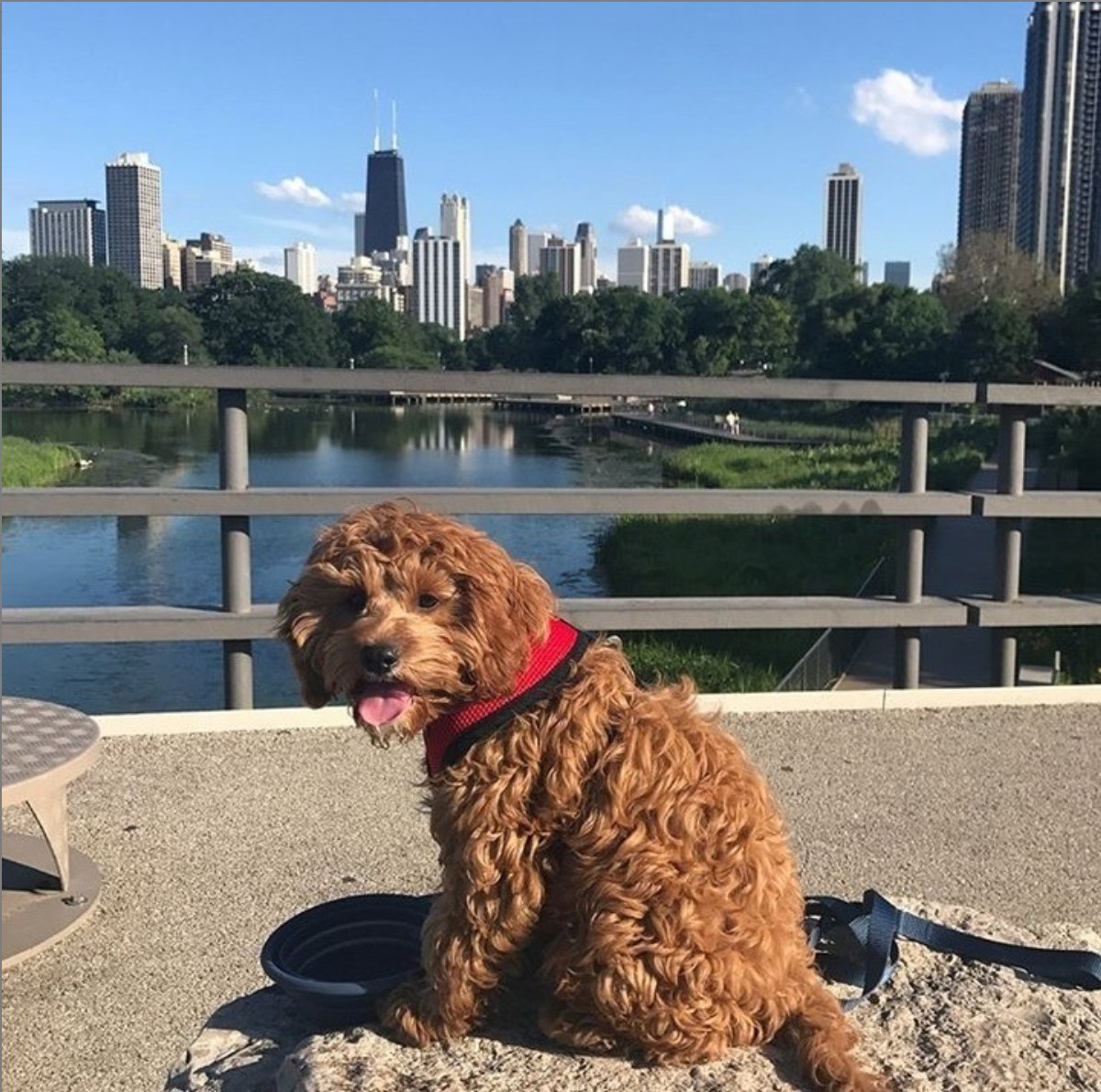
How Do I Get My Dog to Drink Water?
There are a few ways you can make sure a fussy dog is getting enough to drink. As with any pet behavior, incentives are a great idea. Reward your dog with a small, healthy treat (we’re biased, but our Pet Plate treats work great!) every time they finish their bowl. You can even add an ice cube or some flavored broth if that’s something they enjoy.
Beyond that, as we’ve mentioned previously, your dog may not be drinking because the water isn’t up to their standards. No, they’re not being a diva. They just want cool, clean water. Change their water out every few hours, even if they haven’t had a drink. Check periodically to see if any food, dirt, or (ew!) bugs have fallen in. And, ideally, keep their drinking bowl in a cool part of your house or apartment. Bowls in direct sunlight will get warmer faster, which might turn your dog off from drinking.
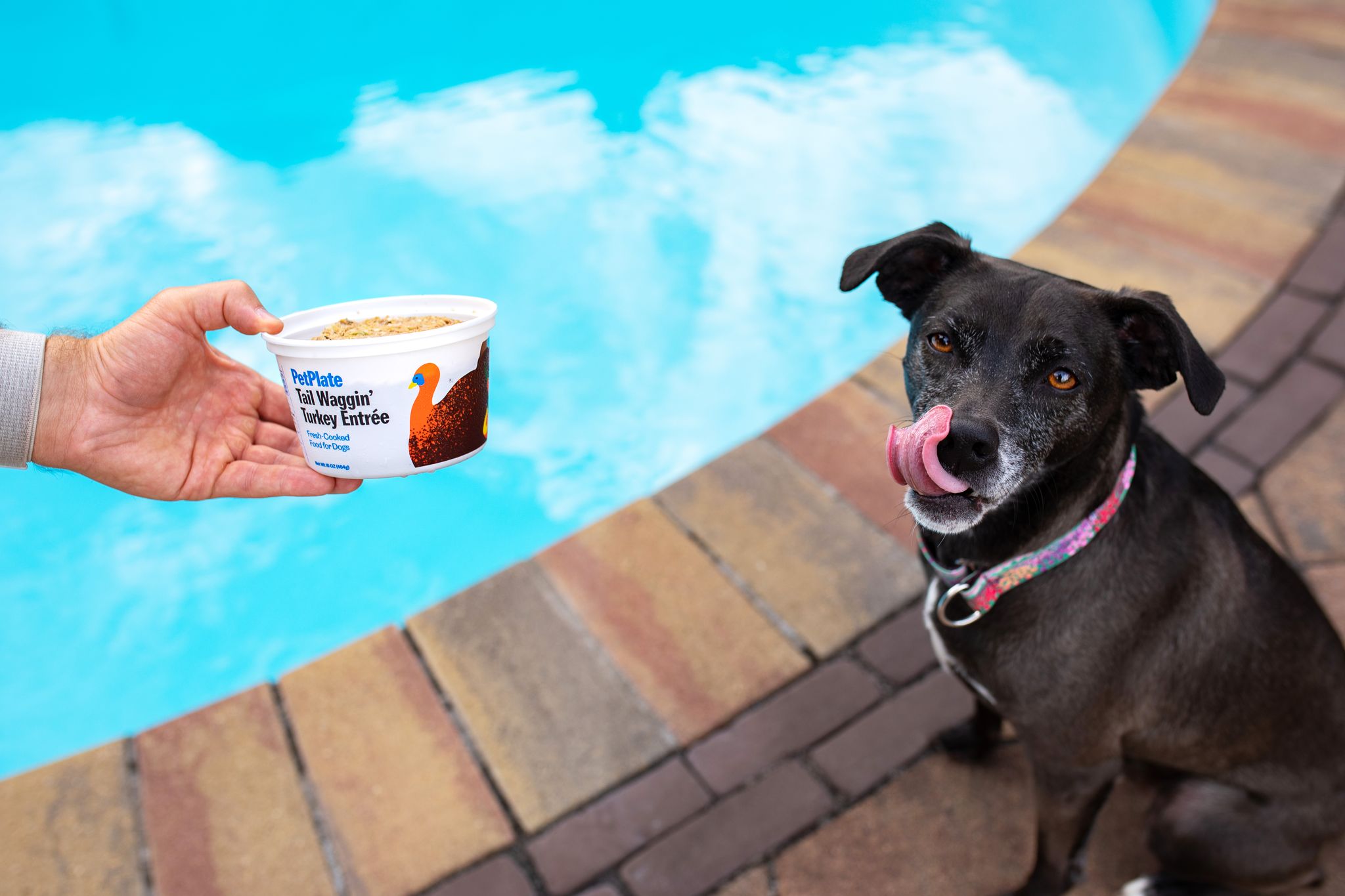
What Else Can I Do to Help My Dog?
If you find your dog gets dehydrated easily, your pup’s diet could also be part of the problem. Fresh food containing real, gently-cooked meat, veggies and fruit has a naturally higher moisture content compared to dry dog food. So besides making sure they have access to water, make sure your dog is getting a fresh, healthy diet as well.
PetPlate’s Tail Waggin’ Turkey entrée has a 70% moisture content, which means it’s an excellent supplement to water when it comes to staying hydrated. It also features lean protein and healthy grains and is great for sensitive stomachs—which makes it the perfect choice for maintaining that summer beach bod!
Raising the (steaks) still further, the Barkin’ Beef entrée has a moisture content of 74.7%! It’s also high in protein and great for active dogs, which means your doggo will be raring to go when it comes to outdoorsy summer activities!
Not to be outdone, the Lip Lickin’ Lamb entrée has a moisture content of 75.5%! It also contains a novel protein, which can be helpful for dogs with food sensitivities, and is packed with ancient grains like quinoa for a tasty nutritional boost.
Check out more of PetPlate’s gently-cooked meal and treat options made from human-grade ingredients, and browse our blog for more tips, tricks, and pet knowledge!
